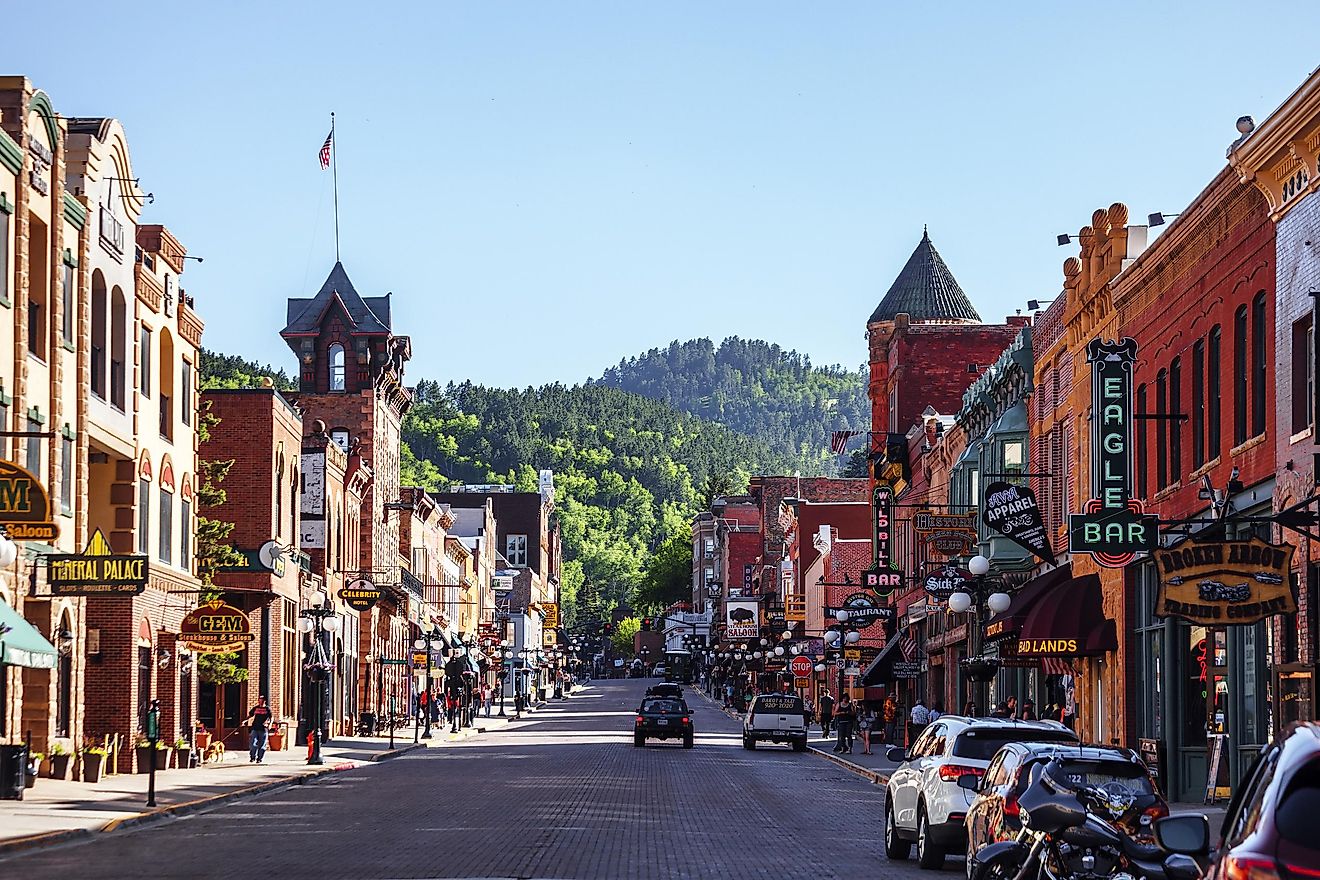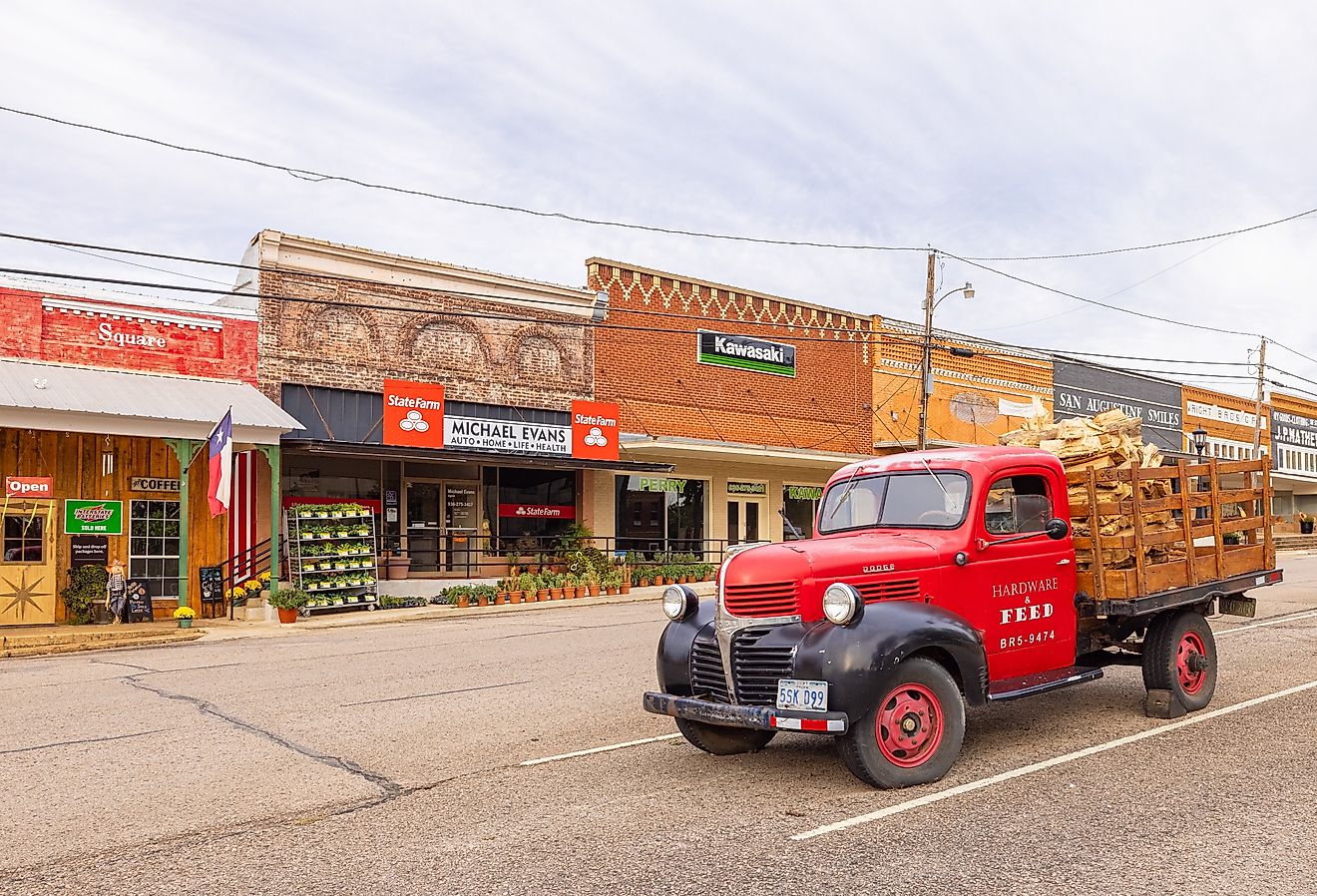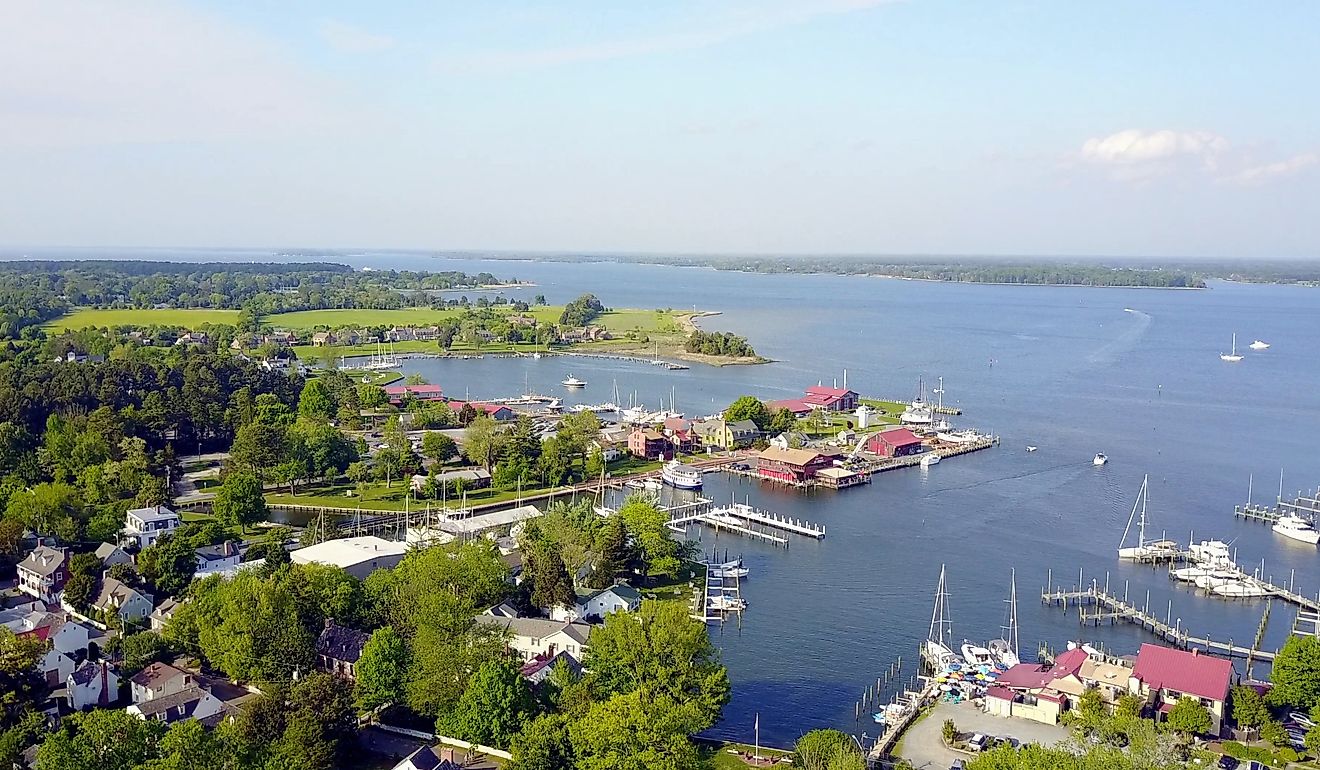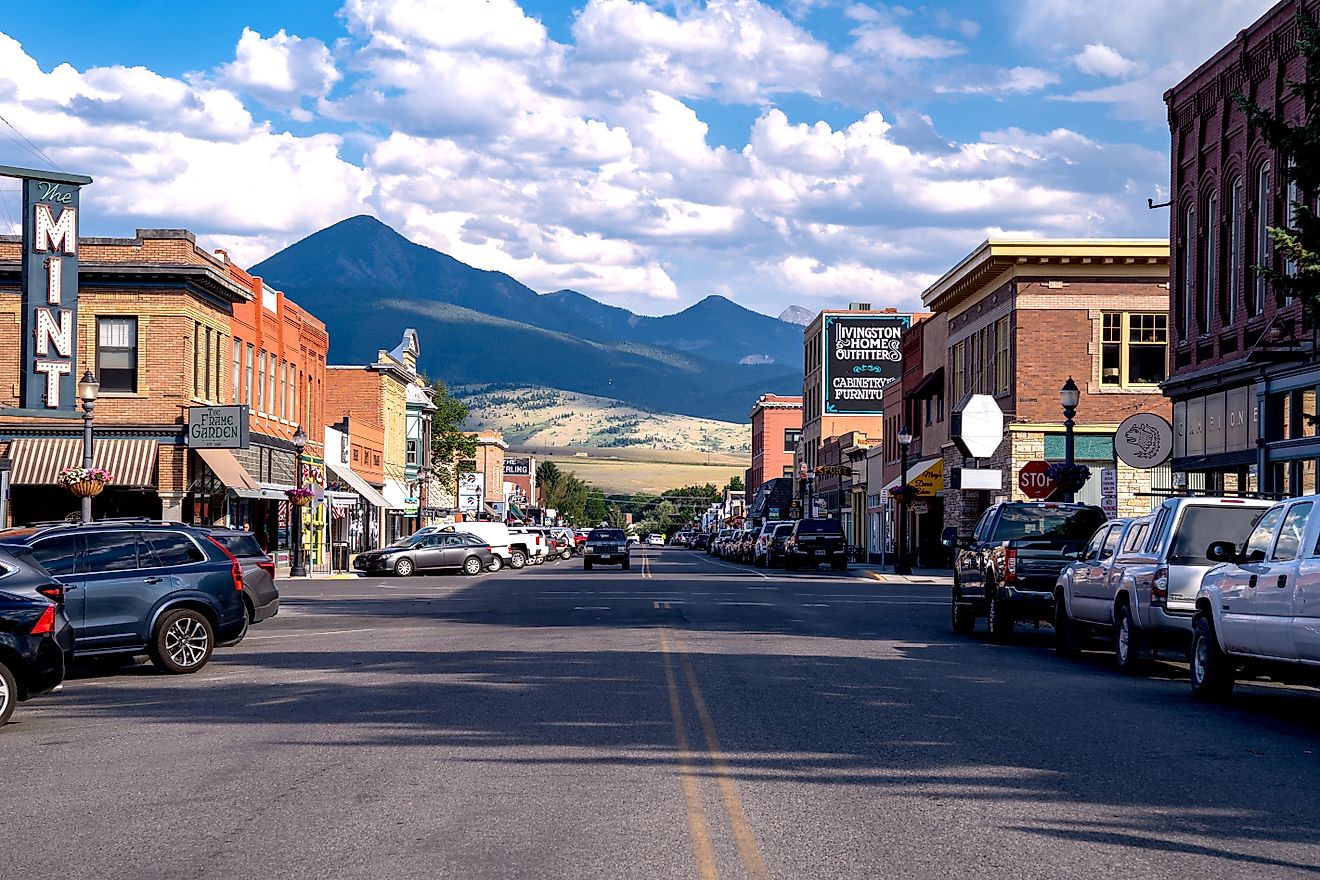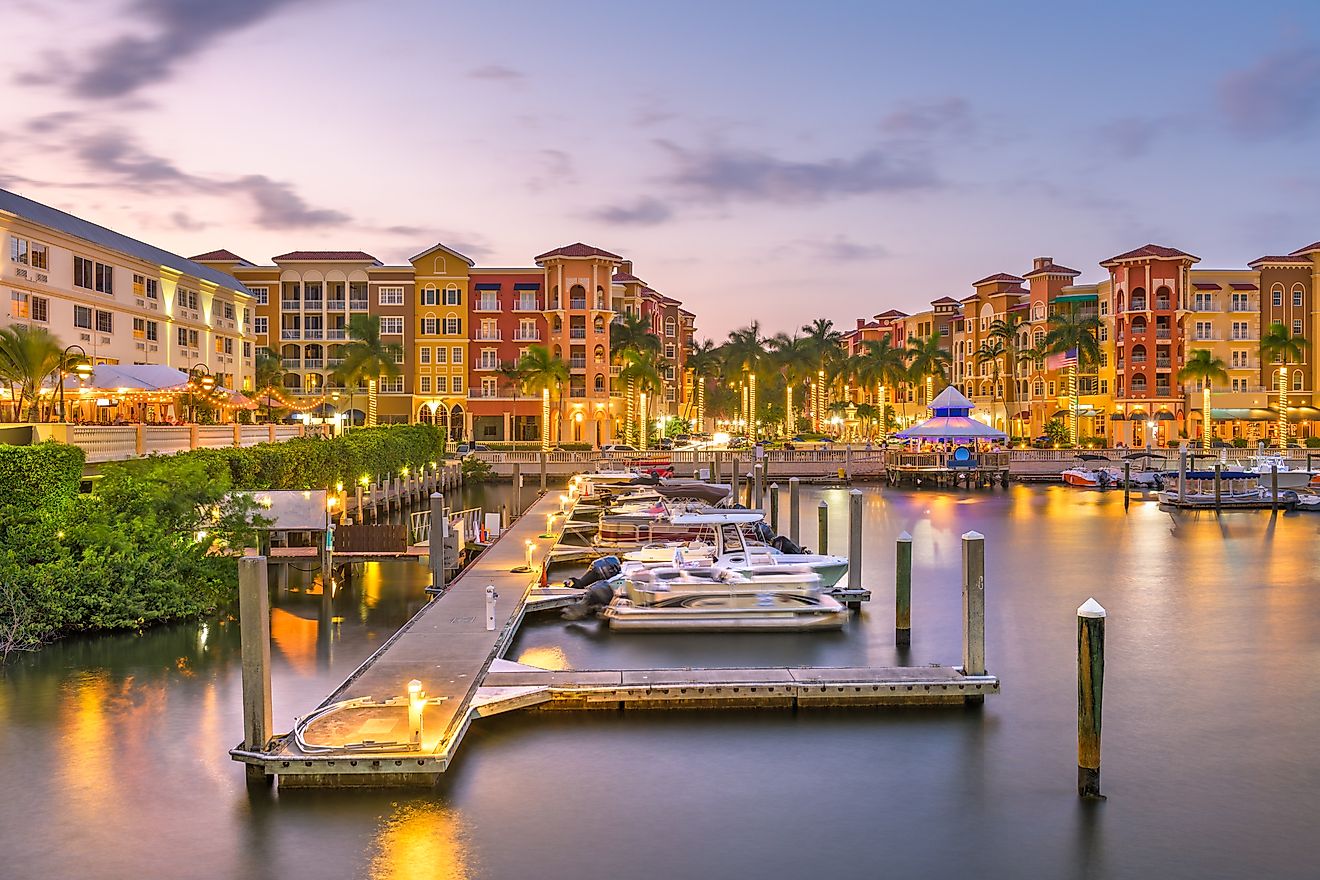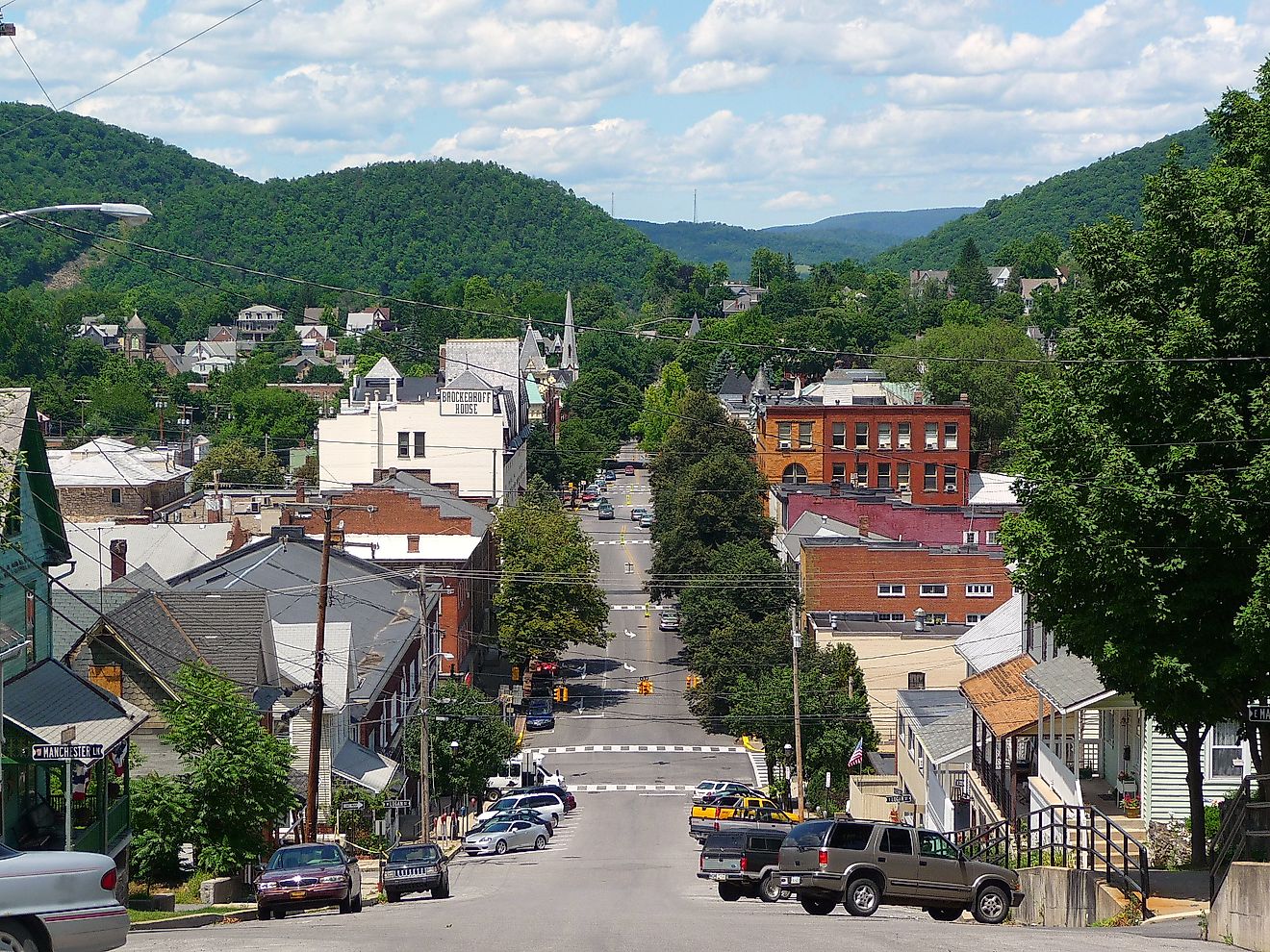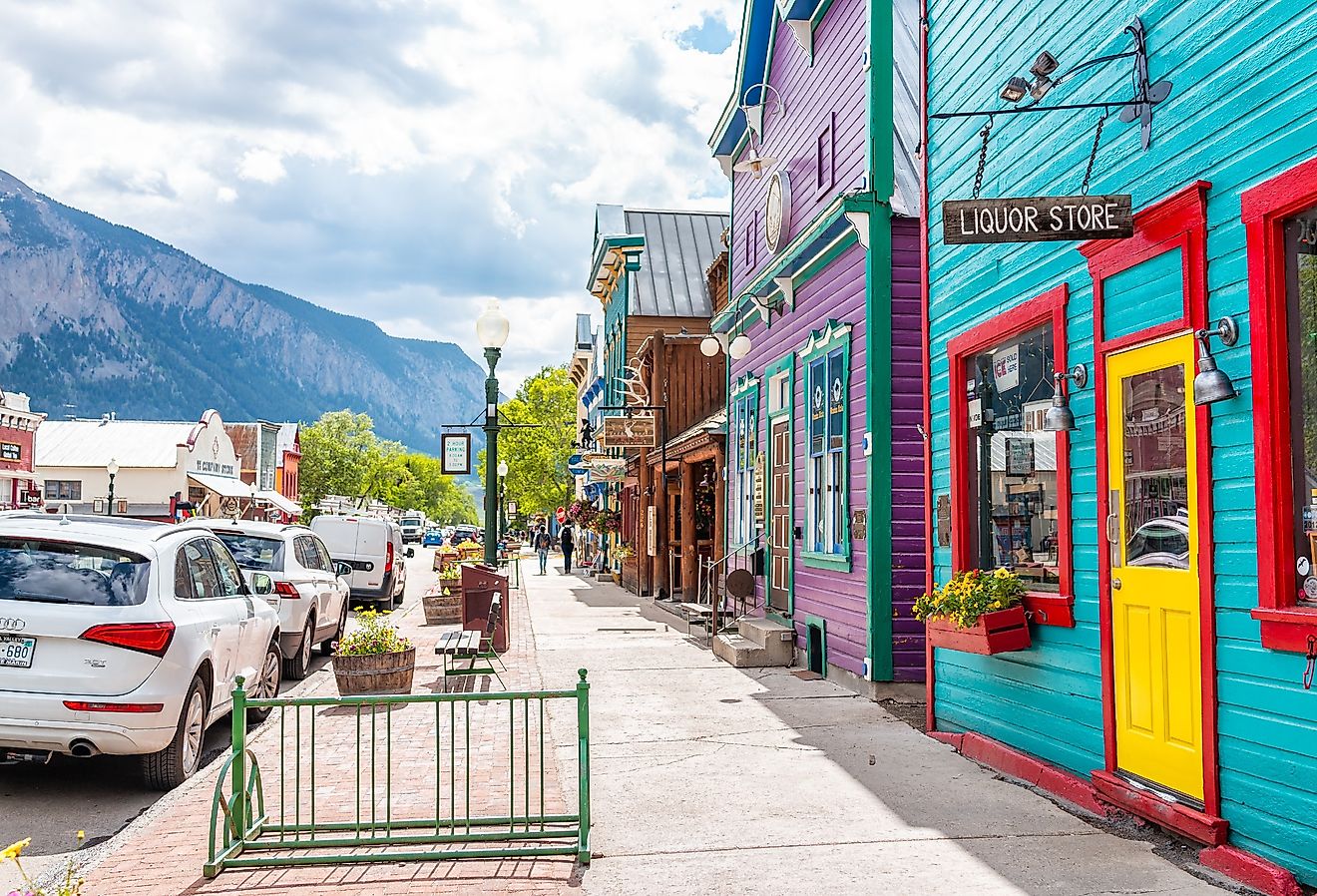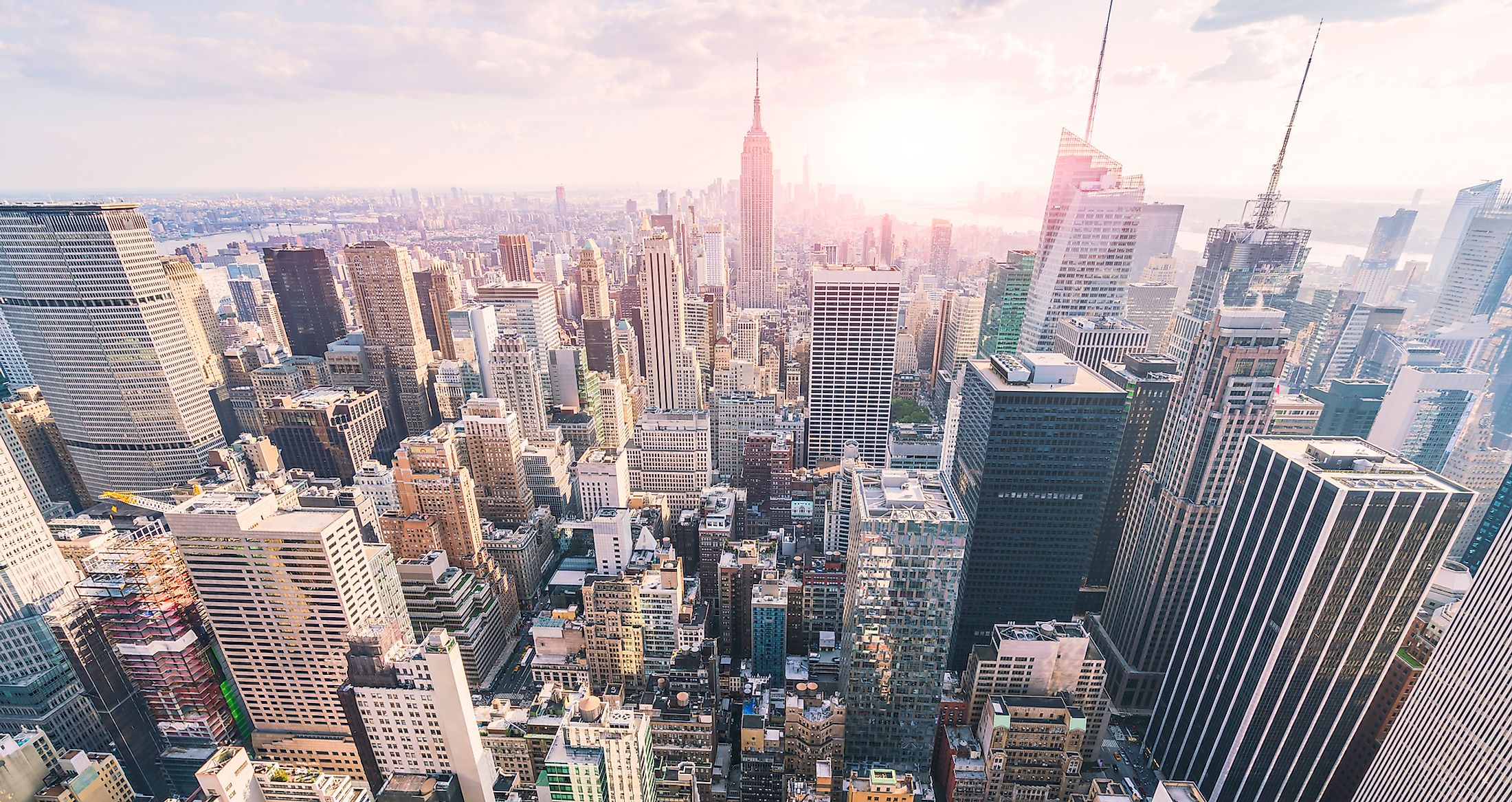
What Is The Difference Between A City And A Town?
About 56.2% of the world’s population, or four billion people, live in urban centers. By 2030, the number of urban dwellers will have reached 6 billion people (70% of the world’s population). Urban centers are developed areas with high population density. Such urban areas are divided into towns and cities depending on their geography, demography, and levels of development. There are thousands of urban towns and cities globally, of which some are hosting over one million people. While the terms town and cities are often used interchangeably to refer to the same place, the two are actually different types of urban centers. However, their definitions and official designations vary by country or regions within the same country.
Overview Of The Differences
Although towns and cities are urban centers, they generally differ by geographical size, population, and level of infrastructural development. The main difference between the two urban centers is that cities are much larger and more developed than towns. However, a place referred to as a city in one country may be a town or a settlement in another country and vice versa. For instance, a settlement with at least 200 people in Denmark or Sweden qualifies to be a town. Other countries like France do not distinguish between cities and towns and refers to the urban centers by common names like “villes.” In some countries like the United States, cities are legal entities with some degree of autonomy, while in other countries, they simply refer to large urban settlements.
What Is A City?
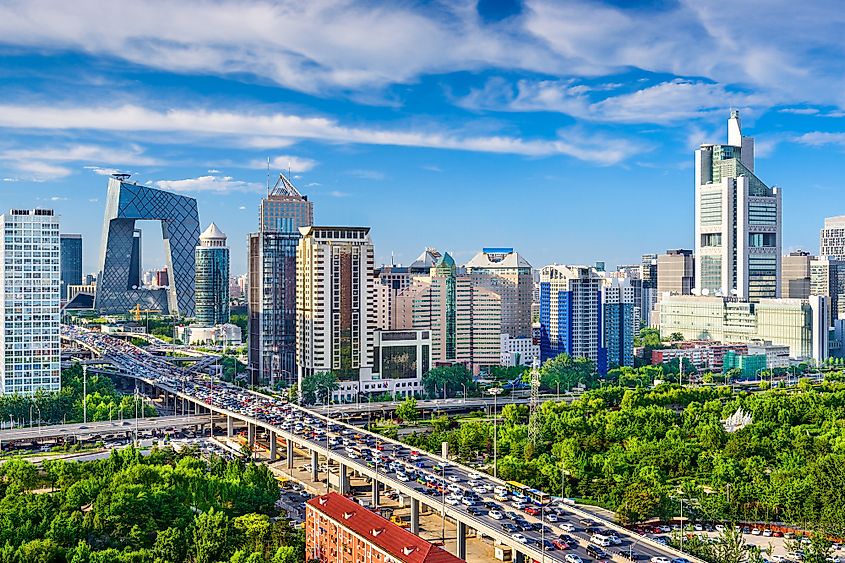
Cities are distinguished from other urban centers like towns and suburban by their relatively large size, function, population, and status conferred by the government. A city is defined as an urban center with a larger geographical area and population than a town. It is a densely populated area with a legally defined boundary and whose population are engaged in non-agricultural activities as sources of livelihood.
A city is considered the most developed urban center in a country and boasts of advanced infrastructural systems, including housing, transportation, communication, and other social amenities. Most cities have a central business district (CBD), downtown, or city center that serves as political, economic, and religious centers. Cities also have public spaces like natural sites, parks, and sports facilities. A capital city is a city that functions as a country or region’s administrative center and seat of government. Examples of capital cities include Nairobi, London, Rome, Paris, and Beijing. Cities such as Mecca and Jerusalem serve as religious capitals.
Cities are continuously growing in geographical size and boundary, merging with the surrounding areas to form metropolis areas. Countries like China, the United States, Brazil, and Japan have megacities, large cities with more than 10 million people. Different countries have different ways of designating urban centers as cities. In the US, a city is an entity with legal powers assigned to it by the county or state authorities. In the UK, an urban center is designated a city by the queen or sitting monarch. Thus, a settlement cannot be referred to as a city without a royal decree.
What Is A Town?
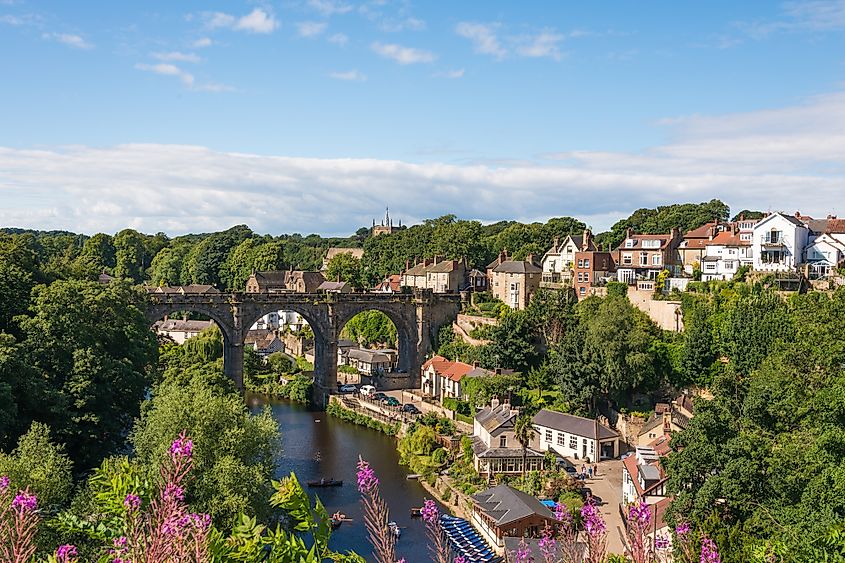
A town, like a city, does not have a distinct definition hence the boundary between a city and a town is unclear in most places. However, a town is generally defined as an urban settlement larger than a village but smaller than a city. Towns are smaller in geographical size and population than cities in the same country. Initially, a town was an enclosure or a space enclosed by a fence and had some degree of development. In the Netherlands, the enclosed space was a garden for the wealthy. In England, a town was a settlement that frequently held fairs and markets. However, the term's modern usage refers to old market towns, areas governed by town councils, or urban centers that would be designated cities by the monarch.
There is no official definition of a town in the US, and the term's usage varies from state to state. In some states like Alabama, a town is defined by population. For instance, a settlement with more than 2,000 people is a city, while one with less than 2,000 people. In Louisiana, a town is a community with 1,001-4,999 people. In some states, a town is a form of municipal government with legally defined borders. Towns with distinct governments are known as incorporated towns, while the rest are known as unincorporated towns.
India has two types of towns; census and statutory towns. A statutory town is an urban center with a municipality, civic administration body, or municipal corporation. A census town is a town with at least 5,000 inhabitants and a population density of 400 people per square kilometer. Also, 75% of the male population must be engaging in non-agricultural activities.
Summary Of The Difference Between A City And A Town
Definition
A city is a large urban area with a greater geographical area, higher population, and population density, and is more developed than a town. On the other hand, a town is an urban area with a larger area than a village but smaller than a city. A city is well-planned with proper infrastructure and modern amenities than a town.
Demography And Geography
A city has a high population density comprising diverse ethnicities, cultures, races, religions, and languages. Although a town may share some demographic characteristics with a city, it is less densely populated, with a less diverse population in terms of ethnicities and languages than in the cities. Cities occupy larger areas than towns and may merge with surrounding areas to form metropolises. Towns do not expand into the surrounding area like cities do.
Facilities And Economy
Cities have more advanced facilities and infrastructures like transportation systems, hospitals, schools, and other social amenities than towns. Most companies like banks, NGOs, communication companies have their headquarters in cities. Cities also have larger economies than towns. The cities’ large populations are often engaged in varieties of business activities that generate more income than towns. The economies of towns depend on small and medium enterprises.
Administration
Cities are the seat of government for regions and countries. Thus, important government administrative offices are located in cities. Towns are rarely designated capital status and are governed mainly by municipal councils. Most heads of cities like mayors are elected leaders, while heads of towns like chairpersons can be appointed.

